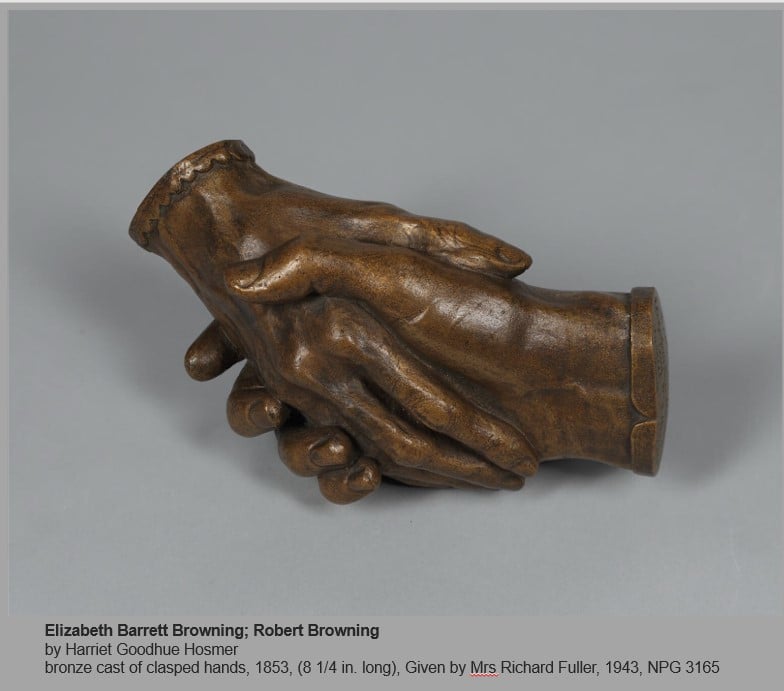Next week Kendal at Home will host a special session,
Love Stories from the National Portrait Gallery on Tuesday, February 22 at 11 am. As a primer for the session, Director of Curatorial Affairs and the James A. Welu Curator of European Art, at the Worcester Art Museum, Claire Whitner has shared the following guest post that originally appeared Worcester Art Museum’s Fall 2021 ACCESS Magazine.
When I reviewed the prospectus for the new touring exhibition Love Stories from the National Portrait Gallery, London, in early 2020, COVID-19 was in the news, but the reality of a global pandemic had yet to be felt in Massachusetts. Months later, when the decision was made to host the exhibition at WAM, we were not only acutely aware of how our lives had been changed by the emergence of a novel virus – but also that love had become a very important theme for our unusual times.
Love Stories embraces an inclusive definition of love and celebrates a broad spectrum or relationships over several centuries of portrait-making. These images – in a variety of mediums – are especially poignant at a time when many of us have been compelled to keep a distance from loved ones and, in the most tragic cases, have experienced great suffering and loss. We still rely on pictures – today digital photos and video rather than oil painting – to sustain our relationships. These images serve as reminders of happier times when we could enjoy each other’s company without apprehension.
One particularly moving object in the exhibition is a bronze cast of the clasped hands of the British literary couple Robert Browning (1812-1889) and Elizabeth Barrett Browning (1806-1861). The act of holding hands can be mundane under normal circumstances, but when I viewed this cast during lockdown, I saw it as an extraordinary gesture. The Brownings’ bronze hands symbolize our longing for touch, as well as comfort in its physical expression of love and affection, while in pandemic isolation.
At the time the cast was made, it encapsulated the bond between the two writers in the face of external forces trying to keep them apart. Elizabeth Barrett was raised in a family of significant wealth, largely from her maternal grandfather’s Jamaican sugar plantation, and lived her first four decades in what has been described as reclusive confinement due in part to her father’s wishes and her frail health. She began writing poems at an early age and by 1844 had become one of the England’s most popular poets. Her work attracted the attention of fellow writer Robert Browning, and after an extensive exchange of letters and 91 meetings by Robert’s count, they wed in secret, on September 12, 1846. Elizabeth’s father disinherited her following the marriage.
The bronze was made from a plaster cast of the Brownings’ actual hands taken by sculptor Harriet Goodhue Hosmer (American, 1830-1908). Hosmer, who grew up in Massachusetts, spent much of the 1850s in Rome, where she came into contact with Elizabeth and Robert. The cast was made at a time of great happiness for the two, whose famous portraits, will also hang in the exhibition. At age 43, Elizabeth gave birth to their son, Pen. Both Brownings wrote prolifically and thrived creatively during this period, each supporting one another in their artistic pursuits. In 1850, Elizabeth released Sonnets from the Portuguese, a compilation of poems she had written to Robert while they were courting, initially she had intended these intimate verses to be private, but Robert convinced her to publish them. In this volume, “Sonnet 43” begins with what has become one of the most famous and oft-repeated declarations of love in the English language: “How do I love thee, / let me count the ways.” Fifteen years after their elopement in 1861, Elizabeth died in Robert’s arms.










